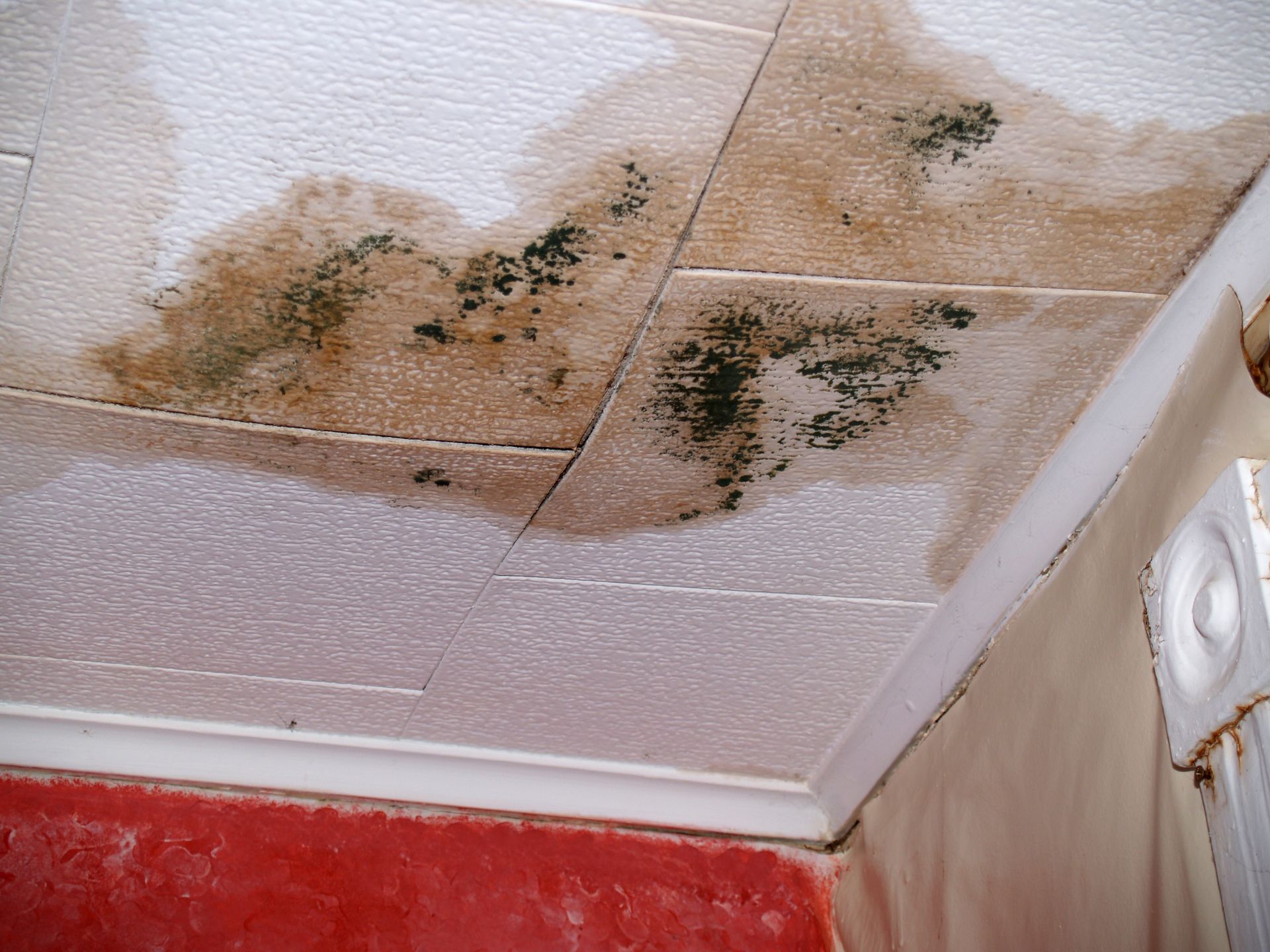Call Us: (609) 365-8744 | Email Us: shoregreenenergy@comcast.net
Services We Offer for Mold Testing in Buildings
-
Types of Mold Testing:
There are different types of mold testing methods, including air sampling, surface sampling, and bulk sampling. Each method has its advantages and limitations, and the selection of the appropriate method depends on the specific situation and goals of the testing.
-
Air Sampling:
Air sampling involves collecting samples of the indoor air to measure the concentration and types of mold spores present. This method helps determine if there is active mold growth and provides information about the overall indoor air quality.
-
Surface Sampling:
Surface sampling involves collecting samples from visible mold growth or suspected mold-contaminated surfaces. This method helps identify the specific types of mold present and can provide information about the extent of contamination on surfaces.
-
Bulk Sampling:
Bulk sampling involves collecting physical samples of materials suspected to contain mold, such as pieces of drywall or insulation. These samples can be sent to a laboratory for analysis to determine the presence and types of mold.
-
Professional Mold Testing:
While some mold testing can be done by individuals using DIY test kits, it is generally recommended to involve professionals, such as certified mold inspectors or industrial hygienists, for accurate and reliable results. Professionals have the expertise to interpret the results and provide appropriate recommendations.
-
Interpretation of Results:
Mold testing results should be interpreted in conjunction with a thorough visual inspection of the building. It is important to consider the type and concentration of mold spores found, compare them to outdoor levels for reference, and assess the potential health risks and extent of contamination.
-
Limitations of Mold Testing:
Mold testing has some limitations. Mold spore levels can vary over time and in different areas of the building, making a single test a snapshot of the current situation. Also, the presence of mold spores does not necessarily indicate an active mold problem or a health hazard. Therefore, professional judgment and additional assessments are often necessary.
-
Remediation and Prevention:
If mold testing confirms the presence of mold and a need for remediation, it is important to address the underlying moisture issue that is promoting mold growth. Remediation should be conducted by qualified professionals following industry guidelines to safely remove mold and prevent its recurrence.
104 Shore Rd, Linwood, NJ 08221
Office: (609) 365-8744
Cell: (609) 703-1311
Shore Green Energy LLC


